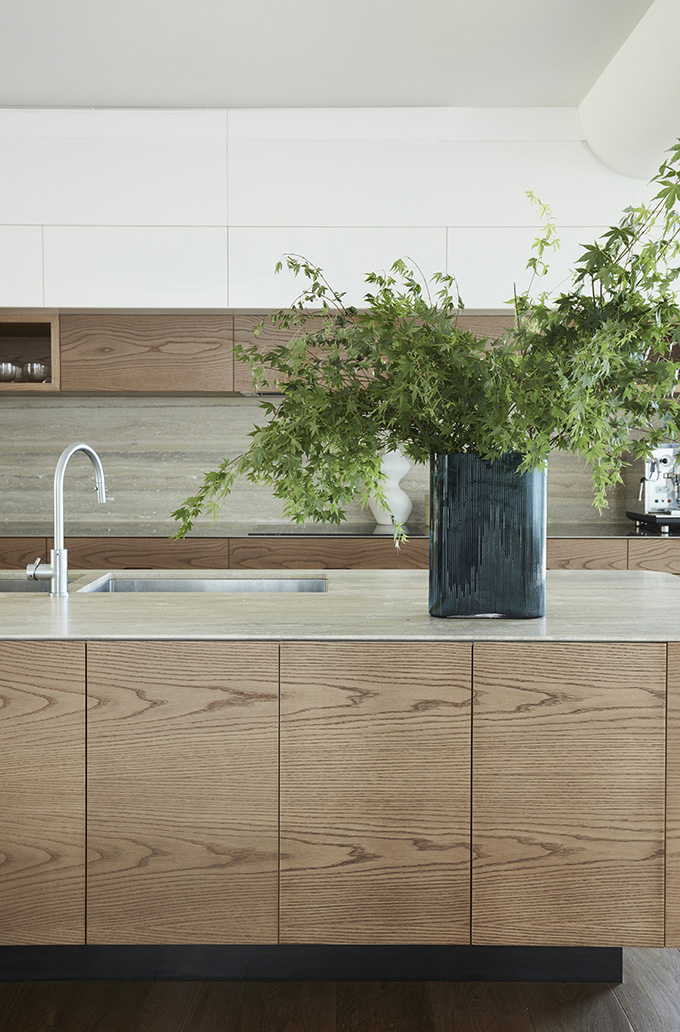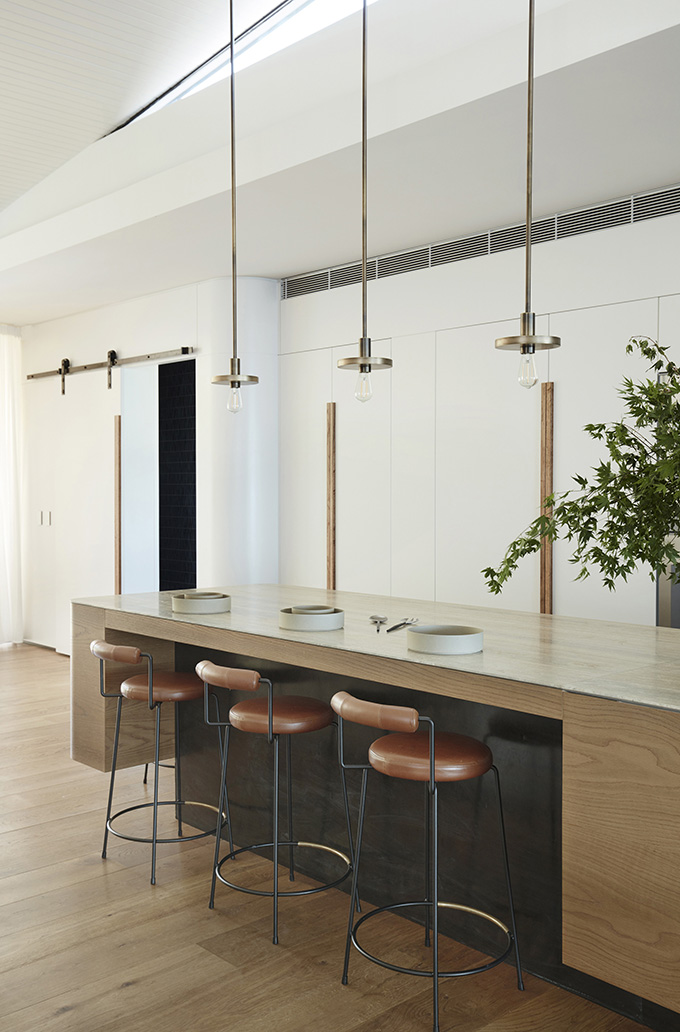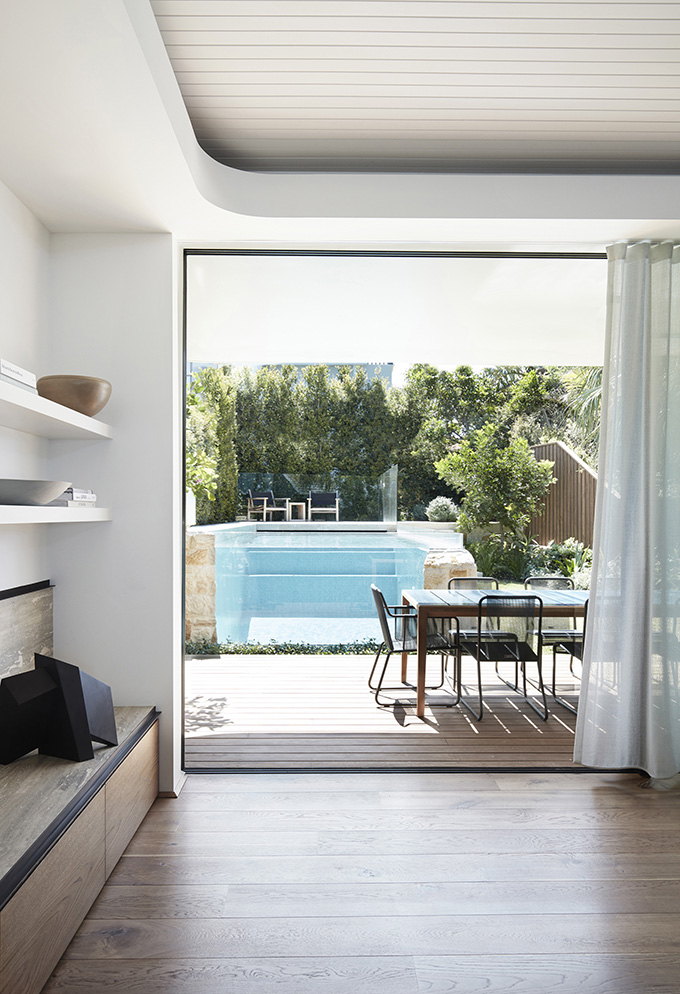
Whether you’re on the path of sustainable living or you’re tired of high electricity bills, an energy-efficient kitchen will help you achieve both those goals. Typically, the kitchen is one of the busiest rooms in a house. From family breakfasts to social gatherings, the kitchen is the focal point for most homes.
Considering how frequently kitchens are used, it’s essential to make sure you’re using energy consciously. Just by introducing some simple upgrades and changes, you can make your kitchen energy efficient. Here’s how.
-
Replace Inefficient Lights
Incandescent lights and CFLs waste a lot of energy. Replace such lights with LEDs, which are much more energy-efficient as well as durable. LED lights are a bit pricier than regular lights, but they will pay for themselves in the long run. You should install efficient lights in the rest of your house as well. If you’re trying to make your house sustainable, check out Origin Energy plans for green energy options.

-
Upgrade Old Appliances
With proper maintenance, kitchen appliances can last well over a decade. However, despite being highly durable, they are going to eventually become obsolete. Old appliances don’t get the job done properly while also consuming way more energy than required. Upgrade old appliances for better energy efficiency.
-
Keep Appliances Clean
Over time kitchen appliances like dishwashers, hoods and ovens accumulate grime and food waste. It’s crucial to regularly and thoroughly clean all your kitchen appliances. Dirty appliances are not only unhygienic but also perform poorly. Keeping appliances clean will make them last longer.

-
Use Appliances to Full Capacity
Do you run the dishwasher for just a couple of dishes? In order to conserve energy, it would be best to run appliances to their full capacity. Apart from this, try running high energy-consuming appliances during off-peak hours for additional savings.
-
Check Refrigerator Gaskets
Refrigerator gaskets play an important role in controlling the refrigerator’s internal temperature and keeping food fresh. Whether the gaskets have worn down or not sealing properly, replace them with new ones to prevent energy loss.

-
Choose Burner Wisely
Using a large stove-top burner for a small pot will unnecessarily waste energy. So choose a burner wisely when cooking to save energy.
-
Plan Meals Ahead
Plan all your meals ahead of time to avoid wasting food. Don’t overbuy groceries and store them properly to prolong their shelf life. Additionally, look for creative ways to repurpose leftovers.
-
Conserve Water
Whether you’re washing dishes or boiling vegetables, try to use water sparingly. Other ways to conserve water in the kitchen include soaking stubborn pots before scrubbing and reusing cooking water.
-
Use Lids
When you’re trying to get water or anything else to a boil, use a well-fitted lid to speed up the process.

-
Get a Pressure Cooker
Pressures cookers are huge in Asian countries and the Netherlands. After all, they are far more efficient than any pots and pans. You can save energy as well as time by choosing pressure cookers to prepare meals. Also, most pressure cooker dishes are one-pot recipes, which makes cleaning up easy.
-
Cook Sustainably
Try to cook sustainably by getting all your cooking done at the same time. Doing this will minimise heating up your kitchen.
-
Buy High-Quality Pots & Pans
Invest in high-quality cookware that will last you a lifetime. High-quality pots and pans absorb energy and evenly distribute heat. They are also easier to clean and maintain.
The Bottom Line
With an energy-efficient kitchen, you can not only lower your carbon footprint but also save a lot of money in terms of energy costs. So what’s holding you back? Slowly but steadily start making green changes to your kitchen for maximum long-term benefits.
All images above feature the stunning kitchen designed for the Pacific View Point project by renowned Australia based architects Luigi Rosselli Architects – discover the complete project on ARCHISCENE.



















